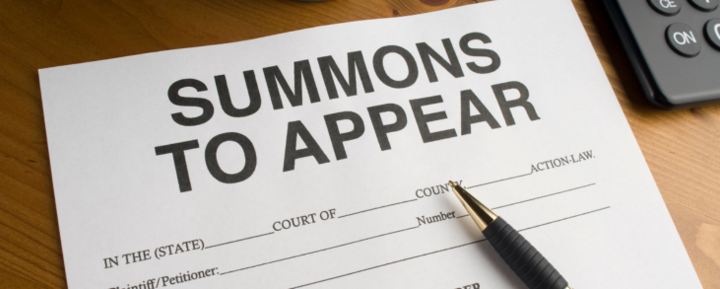If you’ve found an error on your credit report, there is no reason to let it stay there. As a borrower, you are entitled by law to dispute any errors and have them removed, which can improve your credit score. Below is a step-by-step guide on how to dispute collections. Read it over to learn what you can do to improve your financial standing.
Should I dispute a collection on my credit report?
Believe it or not, the option to dispute debt is a protected right. Under the Fair Credit Reporting Act (FCRA), you have the right to dispute inaccurate information on your credit report. After the credit bureau has received notification of your dispute, they have 30 days to investigate your claim and provide you with a response.
With that in mind, if you have found information about a collection account from a debt collector on your credit report that is incomplete or inaccurate, it only makes sense to dispute it. If you can dispute a collection successfully, it will be removed from your report, which will likely improve your overall credit score.
9 of the best dispute reasons for collections on a credit report
Truthfully, the phrase “inaccurate or incomplete information” can be a little vague, especially if you’re unfamiliar with credit reporting practices. In light of that, here are nine of the best reasons to dispute information on a credit report.
They are as follows:
- Incorrect identifying information
- Closed accounts reported as open
- Accounts that are incorrectly reported as late or delinquent, such as by a collection agency or other creditor
- Debts listed on your credit report more than once
- Incorrect dates of payments or delinquencies
- Accounts with an incorrect balance
- Accounts with an incorrect credit limit
- Reinsertion of disputed information that has previously been corrected and removed
- Open accounts or charges that are the result of identity theft
It’s important to note that the focus of all these reasons to dispute collections is inaccuracy. If there is information on your credit report that is true, it must stay there, even if it’s negative information you’d rather not be there. Typically, accurate collections will remain on your credit report for around seven and a half years.
How to dispute a collection on a credit report
Now that you have a better idea of whether it makes sense to dispute a collection, the next step is to learn how to do it. While the dispute process can often take a while to complete, it is fairly simple. We have listed out all of the steps for you below.
Check your credit report for errors
When you’re disputing a collection account, the first step is to check your credit report. Fortunately, all borrowers are entitled to copies of their credit reports with each of the credit bureaus through annualcreditreport.com. Typically, borrowers are allowed one copy of their credit report from each of the bureaus (TransUnion, Equifax, and Experian) per year.
Once you obtain a copy of your credit report from each of the three credit bureaus, read them over carefully. Note any errors that you find on your report and the name of the original creditor and the reporting bureau.
Gather your proof
Most of the time, in order to be able to remove a disputed collection from your report, the credit reporting agency needs to see proof that the collection happened in error. It is up to you to supply that proof.
Where collections are concerned, typically, a credit card statement or a bill showing that the debt was paid will be sufficient to provide proof. If you can access those materials, make a copy of them to send to the reporting agency.
Write a dispute letter
Once you have the proof in hand, it’s time to write your dispute letter. In essence, this letter explains to the credit bureau that you feel this collection was made in error and that you would like it removed from your report. It also references the paperwork that you have provided to back up your claim.
If you need more help, check out our guide on how to write a credit dispute letter for more detailed instructions.
If you’re having trouble getting a resolution, you can contact the Consumer Financial Protection Bureau (CFPB) to submit a complaint as well.
Wait for a response
After you send off your letter, it’s important to have patience. The credit bureaus have 30 days from receipt of your letter to investigate your claim and respond to you. If they find that the collection was in error, they will likely tell you that it will be removed from your report. However, they are also within their rights to deny your dispute or to ask for more information.
Keep an eye out for changes to your score and report
If the credit bureau approves your dispute, the last step in this process is to keep an eye on your credit report. Eventually, the collection will be removed. That said, it can take some time for this to occur, so you’re going to want to be sure to verify that the error has been rectified.
The bottom line on disputing collections
At the end of the day, if there is incorrect information on your credit report, there is really no reason not to dispute it. Having the collections account removed will help you improve your financial standing with lenders and may even improve your credit history.
If you need help with a collection account or have general questions about resolving debt, give us a call at (866) 890-7337, or fill out our short contact form and we’ll get in touch.





